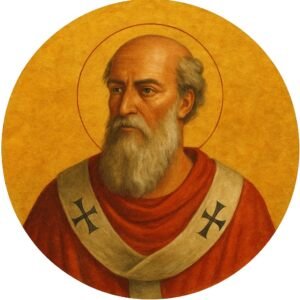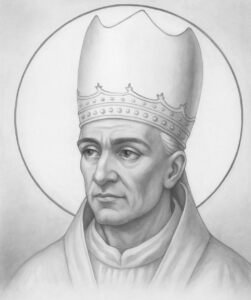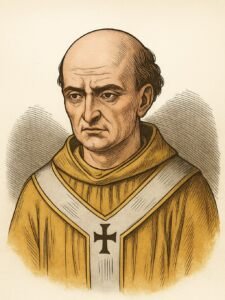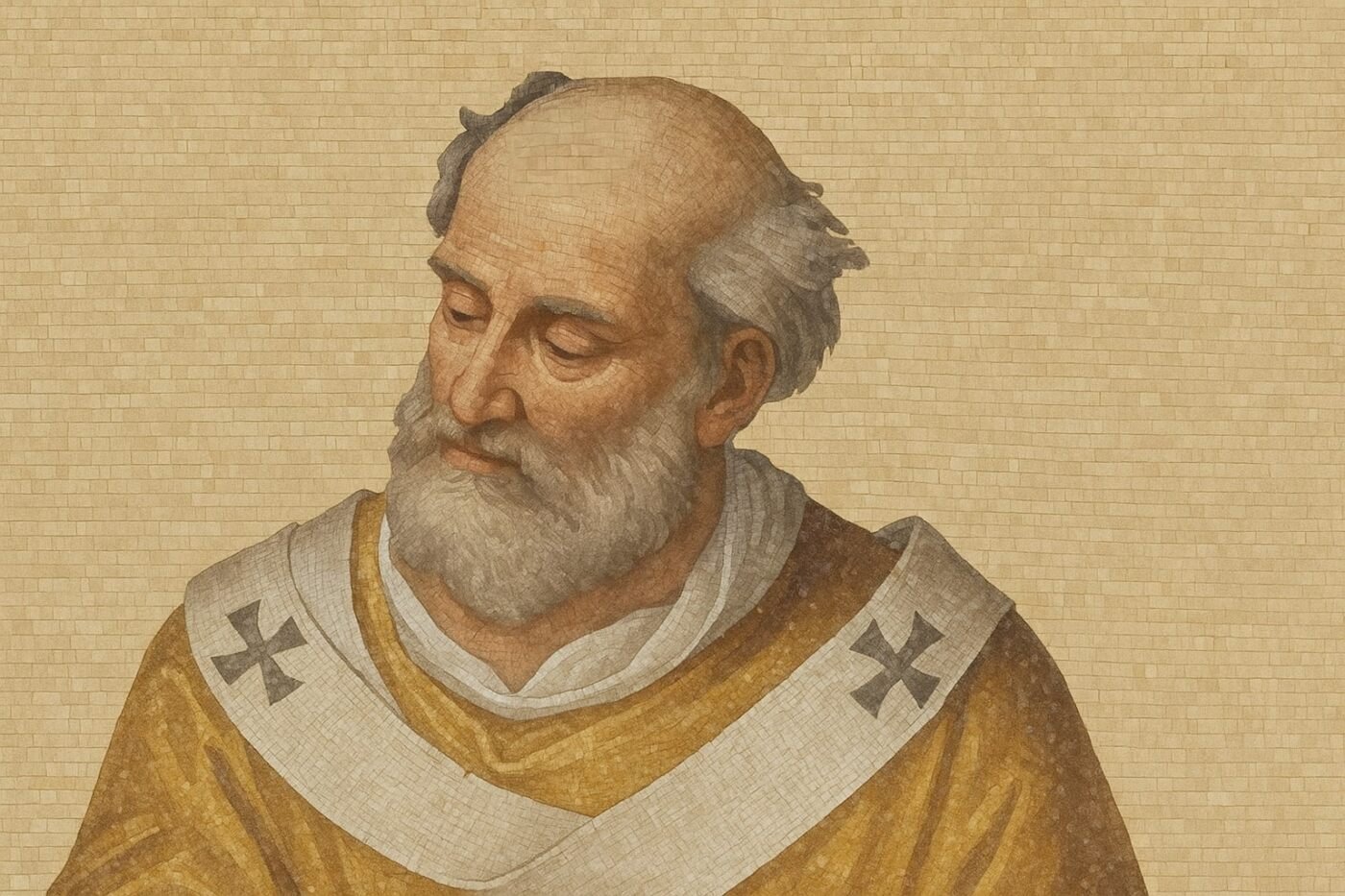When a new Pope is elected, one of his first official acts is choosing a new name. But why do Popes change their names? This long-standing tradition is deeply symbolic and rooted in centuries of Church history. In this article, we will explore the reasons behind this unique custom and what it means for the Catholic Church.
The Origin of Papal Name Changes
On January 2, 533 AD, a Roman priest named Mercurius became pope. His name, linked to the Roman god Mercury, felt unsuitable for the papacy. He chose the name John II instead, starting the tradition of popes adopting a new name to reflect their spiritual role and avoid pagan associations.

The second Pope to change his name was Catelinus, who was elected in 561. Like Mercurius before him, he chose the name John and became Pope John III.
After Pope John III, not all popes changed their names. However, popes with non-Roman names, such as those of Germanic origin, often adopted Roman names to better fit the Roman context of the papacy and align with its cultural and spiritual traditions.

After the year 561, Popes did not change their names again until 955. In that year, Octavian, who was believed to be only 18 years old at the time, was elected Pope. Like the two earlier examples, he chose the name John, becoming Pope John XII. However, unlike his predecessors, he continued to use his birth name, Octavian, in secular matters and official state correspondence. He reserved the name John exclusively for Church-related affairs, making his case unique in the history of papal name usage.

By the 10th century, the tradition of popes adopting new names became common, exemplified by Bruno of Carinthia, who took the name Gregory V in 996. The new name symbolized personal transformation and the pope’s intentions. Roman numerals were used to distinguish popes with the same name. Pope Marcellus II, elected in 1555, was the last to retain his birth name, serving only 22 days.
How Do Popes Choose Their Papal Names?
Most popes select their papal name to honor a previous pope or saint whom they admire or wish to emulate. Sometimes, a pope chooses a name to directly honor his immediate predecessors. Papal names can also reflect a pope’s spiritual values or the religious figures who have deeply influenced them. Pope Francis, elected in 2013, became the first pope to choose that name. He did so to honor St. Francis of Assisi.
Interestingly, no pope after Saint Peter, the first bishop of Rome and apostle of Jesus, has ever taken the name Peter. This is not because of any official rule, but rather out of respect for Saint Peter’s unique role. It has become a de facto tradition that his name is not used again, to preserve the symbolic significance of his foundational place in the Church.
The most common papal names are John, Gregory, Benedict, and Pius, each chosen multiple times throughout Church history to honor past leaders and continue their spiritual legacy.


